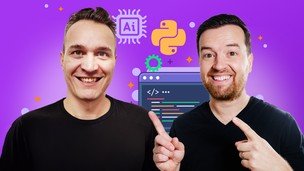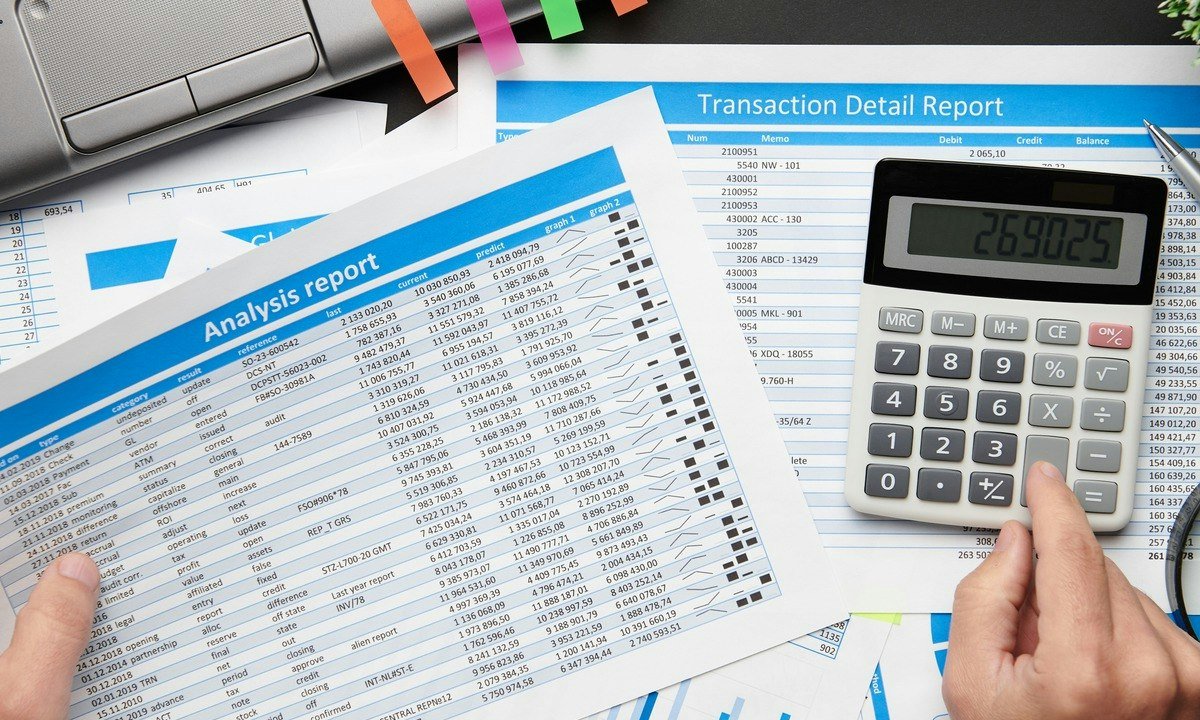Your speed of mastering the profession and success in this matter largely depends on which programming language you start learning first. How to choose it? Let's answer using a python ai course as an example.
What criteria should you use to choose your first language?
For learning to progress quickly, the programming language must have a simple syntax. It is desirable that it be high-level and flexible - then you can experiment with different options for solving the same problem.
Of course, it cannot be said that the choice of the first language always determines how successful the student’s future career path will be. But it can have a powerful impact on professional development as well as self-learning skills.
Even if we talk about spoken languages, you’ve probably heard the statement that the language a person speaks determines his thinking: “the number of languages you know, the number of times you are human.” This statement is also relevant for programming. Note that this skill is often described as an effective tool for developing thinking that teaches people to solve problems well.
When choosing the first language, the following criteria are also taken into account:
It’s difficult to name an ideal programming language to learn as a first language, but Python definitely meets most of the listed criteria, which means it can be safely recommended to beginners.
Scope of Python
Scripting languages are rapidly gaining popularity these days. They are already used to write software even more often than traditional system ones. Python is compatible with all major operating systems and platforms. You will learn this information at a python course. It is actively used in science, web development, Machine Learning, game creation, complex visual effects, and more.
Community, technical documentation
The Python language has gathered a large community of developers from all over the world who are engaged not only in its study, but also in its development. The documentation base related to Python is extensive and well-developed, so even a beginner will not have much difficulty finding answers to almost all questions that arise. He also has enough standard libraries for all occasions, and there are even more open-source repositories.
Simplicity
Because Python has a simple syntax, its code is easy to read and understand. Statements are terminated by the end of the line, and the block structure is determined by indentation.
Among the features of Python, it is worth highlighting the use of indentations that delimit blocks of code. Correct formatting is ensured by the interpreter, which prevents the creation of unreadable code. So if in other programming languages indentation is a “handwriting” and an art, then in Python it is one of the components of the syntax.
Python Strengths and Weaknesses
We have already noted above some of the advantages of a python certification course, now we propose to compare them with the disadvantages in order to objectively evaluate the language as the first one to learn.
Pluses
Easy to learn.
Laconic.
Easy and understandable syntax.
Interpretability.
Wide scope of use.
Demand.
Dynamic typing.
A large number of libraries.
Lots of technical documentation and training materials.
Cross-platform.
Minuses
Slow program execution speed: Because dynamically typed languages execute code line by line, this makes it difficult to develop software that requires high performance. However, the programmer's productivity increases, which can be considered a kind of compensation.
Programs written in Python require a lot of memory.
Because there is no check during compilation, errors sometimes occur when executing the code. Because of this, very high-quality testing is required before production launch.
Conclusion
Python is a clear, easy-to-learn, universal, in-demand and promising language. Despite the presence of certain disadvantages, its advantages significantly outweigh all the disadvantages, especially when it comes to novice programmers. That's why a python online course from AI Eeducation is a great choice to start your IT career!










